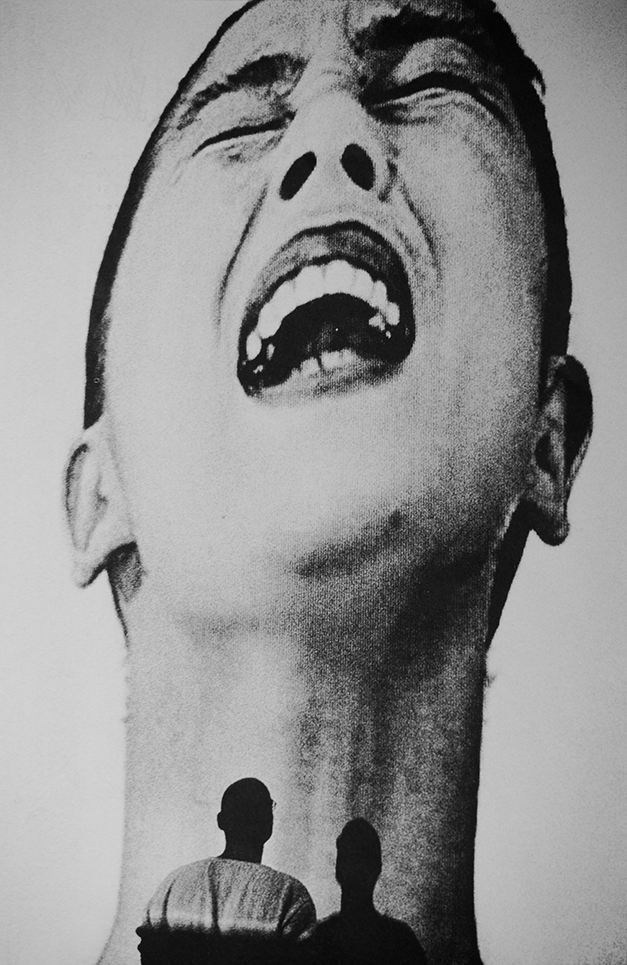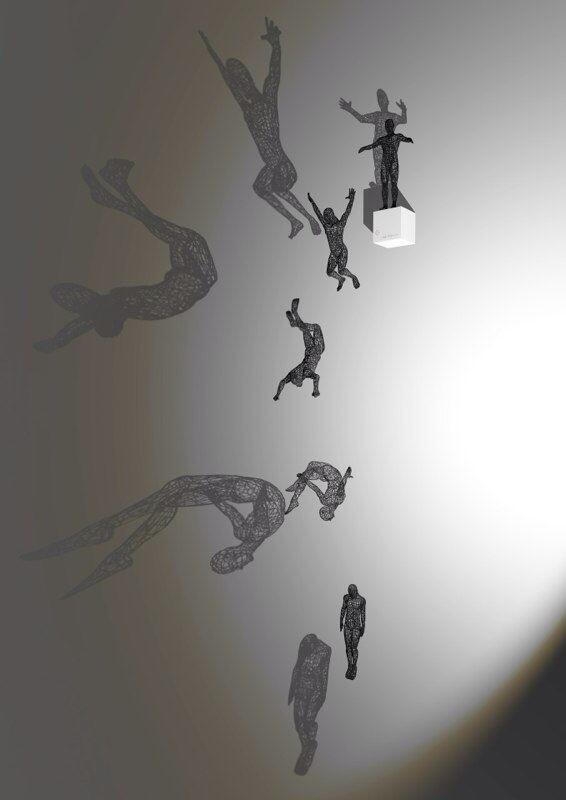FILE SAO PAULO 2017
LES DISCIPLINES DU RECTANGLE
Inspired by Michel Foucault’s work, Les disciplines du rectangle is a videogame proposition about the nature of rules and norms at the digital age. If society provides models of accomplishment we are supposed to fit inside, then the rectangle is the pure abstraction of this idea. The geometrical shape works as a symbol of the very nature of normativity, blind to individual differences. The rectangle, existing only on the screen, reveals how digital technologies can in some ways become the new location for this normativity and the ambivalent results of their intangible and invisible nature. Besides, the installation offers an occasion to think about the way games can become manipulation tools. The fact that in the end, players act as if they were piloted by the rectangle (an inversion of the traditional relationship between player and avatar) gives an aesthetical highlight to this.
.
Inspirado en el trabajo de Michel Foucault, Les disciplines du rectangle es una propuesta de videojuego sobre la naturaleza de las reglas y normas en la era digital. Si la sociedad proporciona modelos de realización en los que se supone que encajamos, entonces el rectángulo es la pura abstracción de esta idea. La forma geométrica funciona como símbolo de la naturaleza misma de la normatividad, ciega a las diferencias individuales. El rectángulo, que existe solo en la pantalla, revela cómo las tecnologías digitales pueden convertirse de alguna manera en la nueva ubicación de esta normatividad y los resultados ambivalentes de su naturaleza intangible e invisible. Además, la instalación ofrece la oportunidad de pensar en cómo los juegos pueden convertirse en herramientas de manipulación. El hecho de que, al final, los jugadores actúen como si fueran piloteados por el rectángulo (una inversión de la relación tradicional entre jugador y avatar) le da un toque estético a esto.










